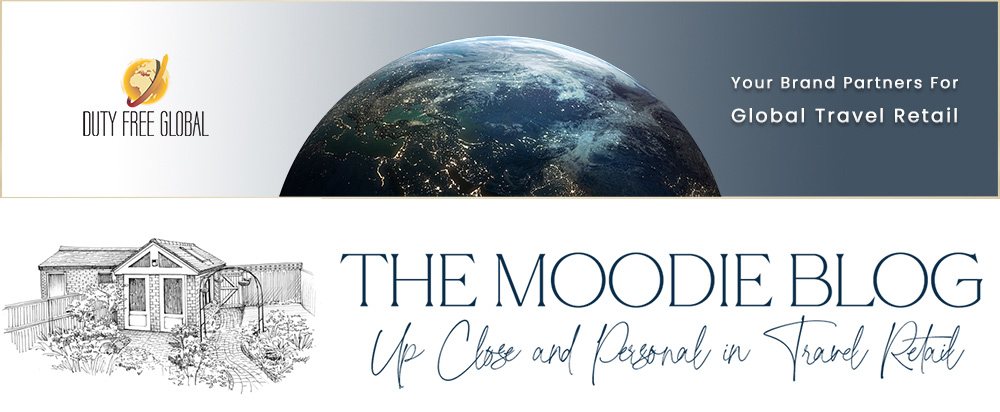Latest posts by Martin Moodie (see all)
- Discovering a fresh philosophy in Shenzhen and talking Trinity in Ho Chi Minh City - April 24, 2024
- How I overcame Severe Tire Damage to become the oldest influencer in town - April 20, 2024
- Free as a (Kiwi) bird and flying high in Haikou - April 13, 2024
So tell me what you want, what you really, really want
I’ll tell you what you want, what you really, really want – with apologies to the Spice Girls and Wannabe
“Previously, most tourists bought what they wanted for their own consumption but daigou does not. Daigou want to buy the goods that they can sell.”

In those few words, Lotte Duty Free’s highly experienced Managing Director Strategy & Planning Division JongHwan Lee neatly sums up the changing face and dilemma of Korean duty free.

To comprehend the incredible scale of the daigou business here, you need to walk the shops, go elbow to elbow with the crowds, and watch in sheer amazement as a modern-day mass re-sale channel flourishes in front of your eyes.

I’ve come to the end of a fascinating few days in Seoul, meeting with several of the leading travel retailers and talking to agents and analysts about this curio of a retail channel. Remember the context of Korean duty free in 2017: the THAAD row between China led to a near -50% drop in Chinese tourists, who had represented around half of all inbound travellers the year before and generated roughly 70% of sales.
Such a collapse surely had to spell a drastic downturn in the duty free market, right? Wrong. Into the great void of conventional Chinese shoppers stepped the daigou. An army, navy and airforce of ‘shuttle traders’, a Chinese landing force of extraordinary scale, all buying for the purpose of re-sale across the vast nation that is China.
That dynamic drove a +20.7% rise in duty free sales last year to a record US$12.8 billion. And based on everything I have seen in the past few days, you can bet just about all you have that 2018 will be another record year, especially as conventional tourism from China is likely to make a post-THAAD comeback in the second half.
Daigou business is, of course, much better for the top line than it is for the bottom. The costs of driving this business have put tremendous pressures on retailers, who not only have to pay the specialist travel agencies to secure the daigou trade but then have to pile promotional incentives on top. That combination plays havoc with operating margins. But in the absence of a more conventional customer, “We have to live, we must survive” as Lotte Duty Free’s JH Lee rightly told me.
This week I have walked the shop floors of The Shilla Duty Free, Lotte Duty Free and Shinsegae Duty Free. The pictures below tell the story better than I can. One leading analyst, Regina Hahm of Mirae Asset Daewoo, told me, “70% of sales are to the Chinese and 90% of them are to Daigou. Korean duty free is the cheapest retail channel in Asia, if you calculate the final discounted price (through the travel agencies).” Every morning as Ms Hahm walks to work she sees daigou customers queued for hundreds of metres down the street from Lotte Duty Free’s nearby flagship store in Myeong-dong. The same phenomenon plays out across all the main travel retail locations as daigou go from one store to the next, buying up all the stock they can procure. They take the Korean goods with them and collect international brands at the airport, where they repack.
It’s a simple formula. The demand exists in China, it is fulfilled in Korea. Welcome to Korean travel retail 2018-style. It is like nothing you will see anywhere else.








